Part I: Tools and Ingredients
Part II: How to make the encaustic paintPart III: Techniques and Painting with encaustics
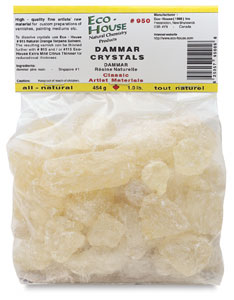
There are many receipes for mixing your own encaustic paints. Experimenting on your own, will give you the paste you like best. First you'll need to get some ingredients and tools:
- purified, bleached beeswax
- unrefined beeswax
- raw pigment (or if you are just starting out and have a hard time finding pigments, try R&F pirgmented wax blocks.
- You can even use standard oil paints to pigment your wax, but don't use more than 15% or so, or else your paste will get too oily. Therefore you should use high-end artists oils such as Williamsburg or Sennelier
- turpentine
- damar (I use a pulverised product from Germany, but you may be safer using the crystal rocks - don't use varnish)
- containers (I prefer fireproof glass or you can use tuna cans or muffin tins etc...)
- cheap brushes, palette knives
- fusing tools such as hot air gun, heat pens, iron, heated spatulas, etc...
- lots of rag
- keep water handy in case of burns or fire
- make sure your area is very well ventilated! the fumes are toxic.
- supports such as panel or board. Canvas is to flexible for thick applications. You can also use paper, if it is adhered to a ridgid surface.
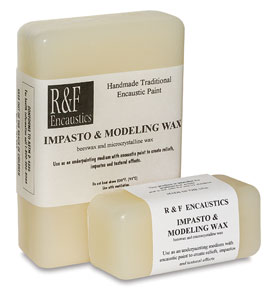
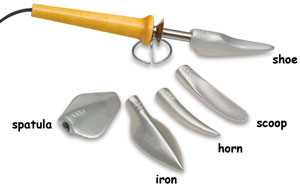
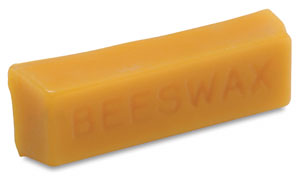
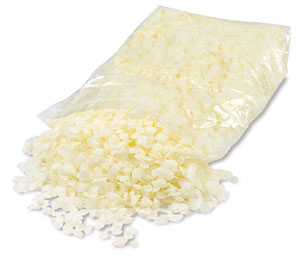
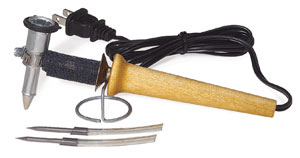
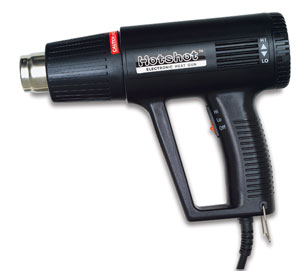
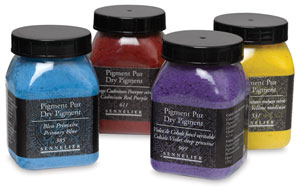
Next post will focus on technique.
1 comment:
Thanks Anne! I'm looking forward to your next post on encaustics...always wondered how to do it. Glad you've done the research and are willing to share with the rest of us!
Post a Comment